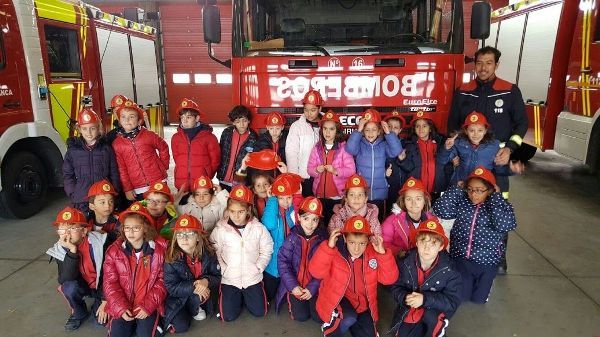
Direct experiences contribute to the formation of interests in learning and in cognitive needs, empowering the mind and leading to discovery.
The intention of these experiences is motivation and the development of skills to face the challenges posed by the learning experience.
Direct experience at the fire station.
This experience will allow children to feel superheroes, since they can directly exercise daily functions of the work that is performed there.
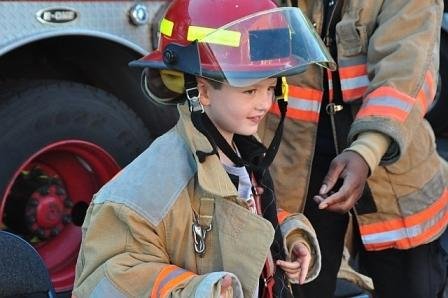
The opportunity to directly interact with firefighters will teach them that being a firefighter is a humanitarian profession, leaving a great message in them.
Objectives of the experience at the fire station.
- Prevent fire risks, with useful demonstrations.
- Appreciate how the staff is mobilized in case of emergencies.
- Learn the importance of contact with the teams of firefighters, so they know how to act in case of a situation of risk.
Functions that the educator must exercise for direct experience.
The educator must previously request a guided visit to the fire station, so that they can give part of their time and instruct the children in the functions that are exercised to carry out a successful job.
It is important to bring the children together and explain where they are going, asking them to assume good behavior, so that they can enjoy future trips and experience meaningful experiences. Mentioning that firefighters are community workers, a group of brave people, who are available all year round to fight fires and other emergencies that arise.
Learning activities at the fire station.
Everything must be meticulously detailed, so that the understanding of the message is satisfactory and understandable. It is important that children learn about the operation of the station and the measures that firefighters must take to carry out their work properly. This will help children to have more accurate knowledge of what it is to work and how real life works.
Steps for the experience to be carried out successfully:
Welcome and corresponding talk for the guided tour. The official in charge, greets and welcomes children and educators, explaining the importance of prevention and how to act in case of emergency, talks about how to prevent accidents, such as: avoid playing with fire, in order to instill protection culture.
Explanation of the tools and equipment that will be used in the daily tasks of firefighters. They are essential and fundamental in the work, and none should be missing, at the time of going out to help. It is necessary to mention and specify their functions, such as: types of extinguishers and in what situations should be used, cones, stretchers, hoses, oxygen masks, among others, should be detailed, for a better understanding.
Use of the descent tube. A brief review of the origin of the incorporation of this tube and its implementation in the fire station should be given. Explaining its advantages, which are: speed in case of emergencies.
Children will have the opportunity to experiment on their own, such as slipping down the tube and performing the functions of firefighters, simulating an emergency. The qualified personnel will be at your side.
Ride on the fire truck. Every activity needs to live directly from what has been heard, so it is necessary that children can enjoy the experience. Feeling firefighters, in the activity can climb the rescue ladder.
Explanation and use of water extinguishers. Teach them how to use the equipment, on types of fire. It will have great benefits. Let them know that they are suitable for class "A" fire, such as: paper, wood, among others.
Children can perform actions directly with the fire extinguisher, under proper supervision.
Explanation and use of carbon dioxide CO2 extinguishers. They will learn the difference between the types of extinguishers and the correct way to use them. This type of extinguishers exert their extinction power due to the suffocation effect. They are not recommended for class "A" fires. Therefore, they should be used in class "B" fires such as: kerosene, flammable gases, oils, they can also be used for class "C" fires, such as: electrical equipment.
First aid. Important to provide adequate information, of the knowledge that must be had in case of assistance, when someone is in danger, until it is attended by a specialist.
Children will learn about: cardiopulmonary resuscitation with their hands, notions about bleeding, burns, lumps, loss of consciousness and suffocation. Much more information covers first aid and those responsible for their specialty will explain everything that corresponds.
Activities to do in the classroom after direct experience.
It is necessary that the educator asks questions about how the children have felt in the direct experience, always try to make it meaningful and with great educational and formative power.
Questions:
What do you think about the experience at the fire station?
What have they learned?
What do you like more?
What do you think about the work that firefighters do in the community?
The educator can divide the children into groups to make an exhibition, where they simulate what was learned in the fire station.
It is important that students have experiences of this type, that strengthen their knowledge, transforming them into lifelong learning.
Greetings educators and motivators of education.
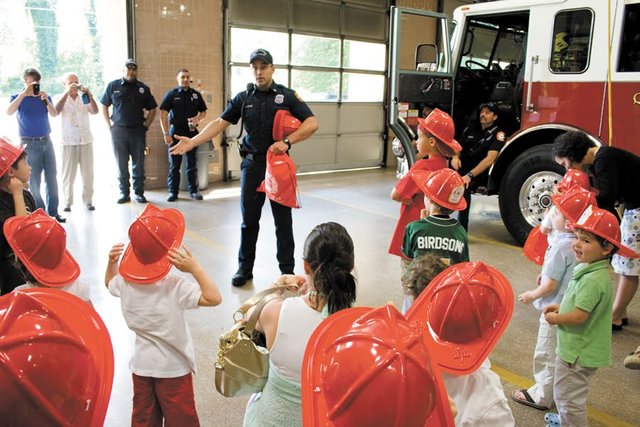
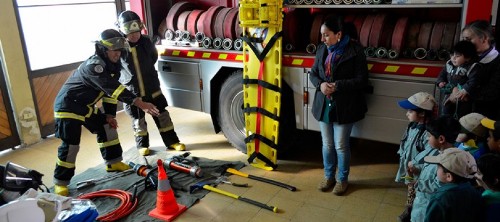
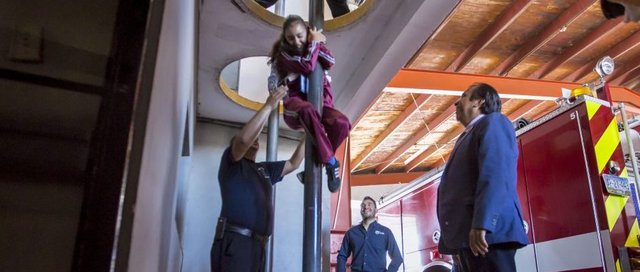
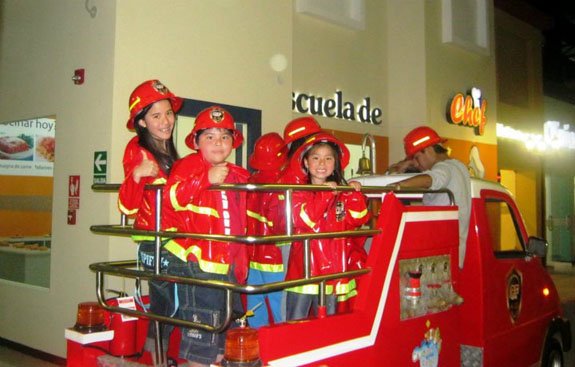
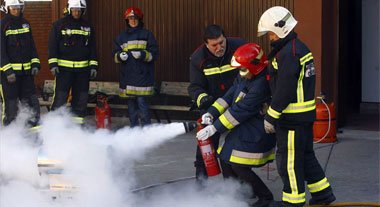
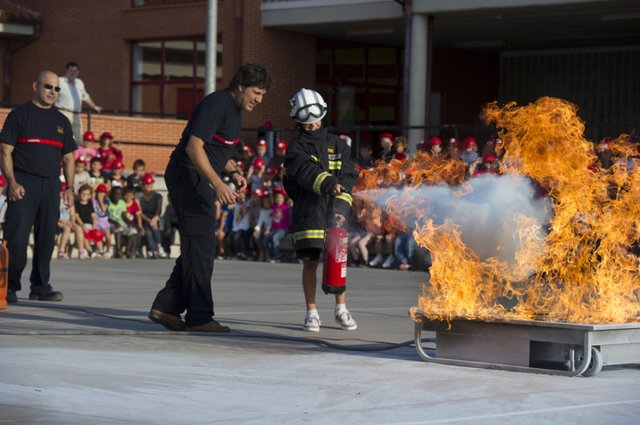
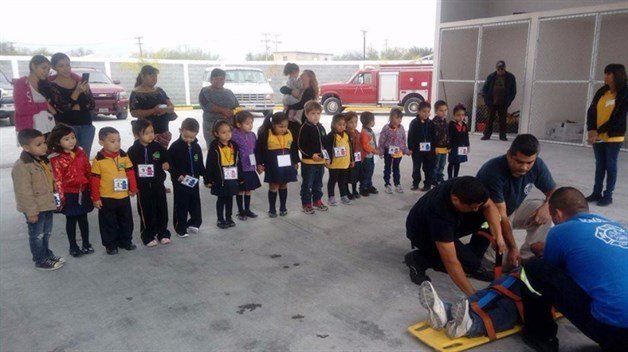
Direct experience is always the best resource to encourage learning. A promising experience of fun.
Downvoting a post can decrease pending rewards and make it less visible. Common reasons:
Submit
I have focused on these activities, because I have the certainty that they feed the children more knowledge.
Downvoting a post can decrease pending rewards and make it less visible. Common reasons:
Submit
children are the future of the whole world, by creating awareness in them from small is contributing to change the world.
Downvoting a post can decrease pending rewards and make it less visible. Common reasons:
Submit
Yes, learning from an early age, it is helpful for them to create awareness and values.
Downvoting a post can decrease pending rewards and make it less visible. Common reasons:
Submit
I like it, these children will learn how to deal when a fire occurs.
They will also learn how to save lives. :)
Downvoting a post can decrease pending rewards and make it less visible. Common reasons:
Submit
A unique experience, which aims to teach children to defend themselves and face situations.
Downvoting a post can decrease pending rewards and make it less visible. Common reasons:
Submit
In the first person the information is received in a better way, so it is kept longer in our brain. All direct experience is welcome, as long as it involves morally and ethically accepted knowledge.
Downvoting a post can decrease pending rewards and make it less visible. Common reasons:
Submit
Moral mainly, children with these activities should take advantage, learn to value. Experiencing, is just you just have to know how to guide them.
Downvoting a post can decrease pending rewards and make it less visible. Common reasons:
Submit